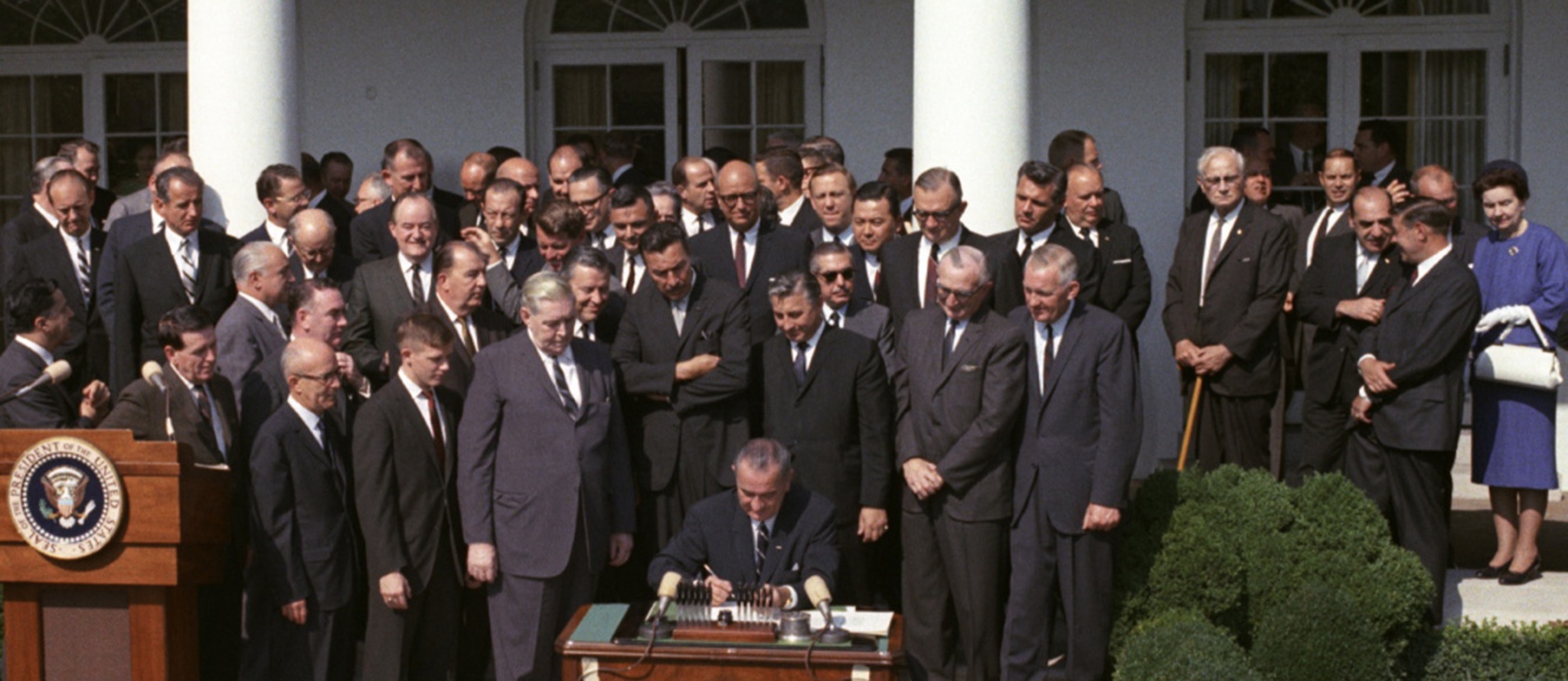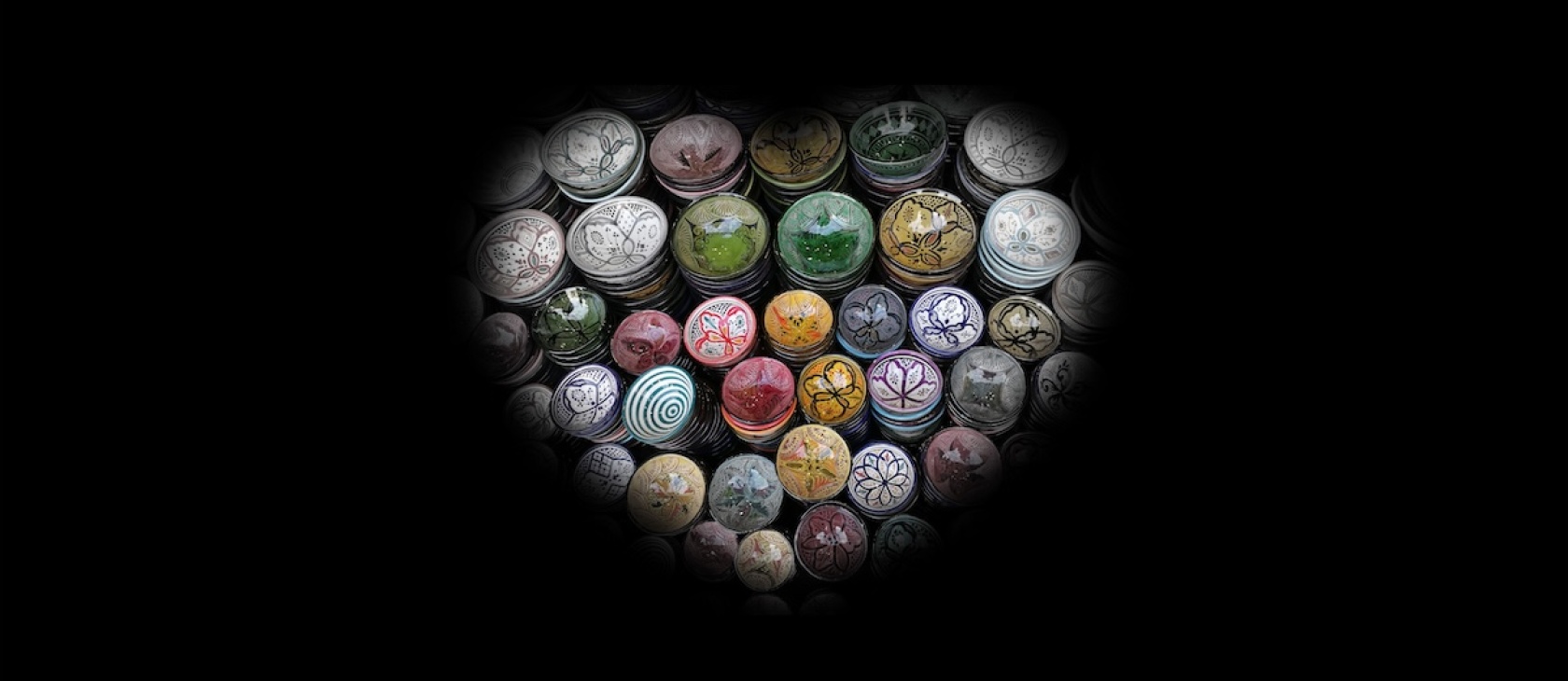


To well-fed (sometimes overfed) people in Western countries, it is certainly odd to think of food as a life-saving medicine. But for those suffering from chronic hunger and malnutrition, the idea is a reality. It is repeated over and over again that the amount of food produced in the world is enough to feed all the hungry people in the world; hence, the solution to hunger is not to increase production but to improve distribution of what is already being produced. As sensible this statement might seem, it is of no help to the hungry.
Large amounts of food are indeed produced in the West, but this is mainly used to feed animals that eventually e food themselves. Granted, the conversion is quite inefficient, requiring 10 kilos of feed (mostly maize and soy) to produce one kilo of meat. In principle, it might make sense to stop feeding the animals and use the maize and soy to feed the hungry. But for such a thing to happen, it would first be necessary to convince all meat-eaters to reduce their food consumption. Secondly, all the maize and soy producers would have to donate their product , since they are not making a profit, and ship it where it is needed. And thirdly, the handlers would have to effectively deliver the food to the needy – usually a daunting task – and to do so without destroying the local agriculture and trade market. In essence, those who advocate redistribution rather than better production methods are not interested in feeding the hungry in a sustainable fashion; they are actually interested in institutionalizing perpetual alms for the hungry.
For those with the gift of plenty, there are, of course, situations where alms are not only good but morally imperative. Alms, however, cannot be the rule. Rather, it is important that every country tries to produce enough food or other goods to trade for food. We do no one a favor if we make them dependent on us for their survival.
So, to suggest that the redistribution of existent food is the solution to the tragedy of hunger is to shift the demand of a solution to others, thereby implying someone else is at fault for 850 million hungry people. But unfortunately these “others” are not going to change their habits to satisfy the needs of the poor. Western consumers are probably not going to eat less meat, nor are farmers going to donate their harvest, nor are traders going to pay for the shipping, nor are handlers going to redistribute it carefully enough. If all these prerequisites could be achieved simultaneously, the strategy could be effective: The hungry could be fed. I could mend it and start, as a consumer, to pursue it. But nevertheless, I am quite skeptical about the chances of success. Many lives are at stake here – those of children in particular – so it is wise to look for strategies that enable the poor and hungry to meet their own needs by their own efforts. Agricultural biotechnology can help to achieve this by making crop production more efficient.
One way ag-biotechnology can help to feed the hungry is by addressing the problem of pests. Around 30 percent of harvested food is lost to pests: viruses, bacteria, fungi, insects, and other animals destroy it before it reaches the mouths of the hungry. Any effort to avoid these losses automatically makes more food available, without the need of increasing production. This can be achieved by developing crop plants that produce toxins specific to major pests but essentially non-toxic to humans. For instance, so-called Bt maize has one gene, normally present in a bacterium called Bacillus thuringensis (Bt), which drives the production of protein effective against some insect pests. (Technically speaking, it is said that the gene is “expressed.”) The protein is, however, much less toxic than table salt to animals – and remember that we ingest several grams of table salt per day. A similar approach is the development of transgenic crops producing tiny amounts of a protein, avidin, otherwise absent in crops. Avidin binds biotin, a vitamin, with great strength. Humans and animals are used to ingesting avidin, because it is normally present in eggs. Avidin is harmless to humans and animals, being destroyed in the gut. Avidin is toxic to some insects, however, because they are not able to destroy avidin, preventing the insect from getting an adequate supply of biotin.
Production can also be increased by creating virus-resistant plants (e.g., papaya). These are made by inserting a viral gene that gives rise to a protein tampering with normal virus replication or propagation: In effect, the plant is vaccinated against the virus. The gene and the protein in question are normally present at a billion copies in infected plants, and humans have eaten these infected plants without harm for thousands of years. It is silly to worry about the minuscule quantity of viral DNA and protein in transgenic plants while continuing to swallow the same DNA and protein in far larger amounts from “natural” infected plants.
A promising strategy is the breeding of plant varieties resistant to biotic (e.g,. bacterial and fungal pathogens), as well as abiotic stresses (e.g.: heat, frost, drought). As we better understand how pathogens elude cell surveillance systems, or how some plants resist frost, we should be more able to breed resistant varieties.
Ag-biotechnology can help to address another problem: weeds. Weeds are nice for students of biodiversity, but are more than a nuisance to farmers: They place a drag on yield. Because pete for nutrients, water, and sunlight, allowing too many weeds means loosing part of the harvest – up to 80 percent when left growing uncontrolled. Therefore, weeds must be controlled, and the development of herbicide-tolerant crops can help farmers to do the job.
In addition to addressing problems of quantity – loss of crops to pests or weeds – plant biotechnology can also help tackle the problem of quality. For example, many people in the world have poor diets, diets lacking the essential vitamins, proteins, carbohydrates, or fats necessary for a healthy life. Many people, especially children in Asia for instance, do not receive enough vitamin A and many women do not get enough iron. Therefore, producing food crops where the quantity of ponents are increased by metabolic engineering is a major field of research: Rice with more vitamin A or iron has been developed and is a great hope for malnourished people whose food staple is rice.
A striking bonus about ag-biotech is that the technology is built “in the seed.” To reap the benefits of the technology, one needs nothing more, in most cases, than the engineered seed. Obviously, fertilizers or hybrid seeds can further improve yields, but such things are not essential for the technology to work (with the exception of herbicide tolerant crops, where an additional input, the herbicide, is needed).
The benefits of ag-biotechnology include more than just more and better crops. A farmer's agricultural practices are also affected advantageously and without requiring special training or education. Simplified practices – that is, more efficient crops – mean reduced labor requirements. Increases in yields or reductions in costs (e.g., less pesticides) mean higher profits. So, the poor farmer may (and actually does) gain at least as much as a wealthy farmer from the technology.
Ag-biotech will allow greater food availability where it is most needed with limited or no additional input than a bag of seeds. By increasing crop production efficiency and quality, ag-biotech has a great potential for relieving poor people and for fighting malnutrition. But science is not a magic bullet and will not do these things automatically. Many changes are still required in the social structure and education system of poor nations, as well as in the hearts of people living in areas of perennial conflict. Science will not give human life meaning, nor will it extinguish the longing of the human heart for its fulfillment: “Our hearts are restless until they rest in Thee, O Lord,” said St. Augustine. And we will not use the potential of science automatically for the good, because science multiplies the power of human will: it can reduce (or increase) human suffering. Simple fertilizers can boost crop production, or they can be turned into explosives. The decision to turn from farming to terrorism lies, first of all, with the farmer. And the science of agricultural biotechnology can help to reduce human suffering, if we so will to use it.









